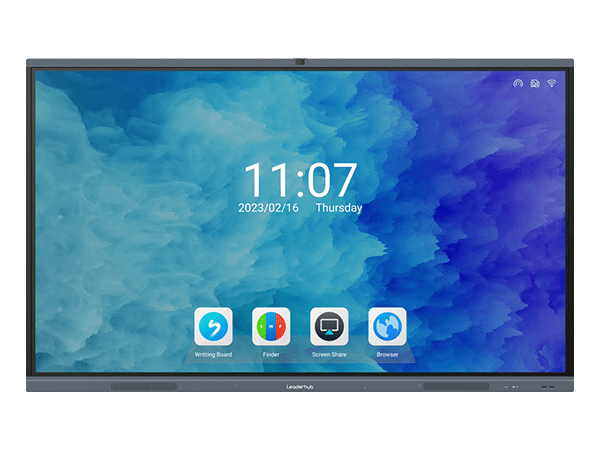Revolutionizing User Experience with Touch Screen Technology

With the rapid advancement of technology, touch screen interactive software has emerged as a game-changer in many industries. From smartphones and tablets to interactive kiosks and education systems, touch screen technology has transformed the way we interact with devices. This article will delve into the intricacies of touch screen interactive software, highlighting its benefits and applications in various sectors.
Enhanced User Engagement and Intuitive Interaction
One of the key advantages of touch screen interactive software is its ability to provide enhanced user engagement. Unlike traditional input methods such as keyboards and mice, touch screens offer a more intuitive and natural interaction. With a simple tap or swipe, users can effortlessly navigate through menus, select options, and perform various tasks. This seamless interaction not only enhances user experience but also increases productivity and efficiency.
Moreover, touch screen technology allows for multi-touch gestures, enabling users to perform complex actions with their fingertips. This opens up a world of possibilities in gaming, design, and other interactive applications. From pinch-zooming and rotating images to multi-finger typing and drawing, touch screen interactive software empowers users to unleash their creativity and explore new horizons.
Wide Range of Applications
Touch screen interactive software finds applications in various industries, revolutionizing the way businesses operate and individuals interact with technology. In the retail sector, interactive touch screen displays are used to create engaging product catalogs, facilitate virtual trials, and streamline the checkout process. In healthcare, touch screen interfaces enable medical professionals to access patient records, view diagnostic images, and operate medical equipment with ease.
Educational institutions are also adopting touch screen interactive software to create immersive learning environments. Interactive whiteboards and tablets allow teachers to present content in a visually appealing manner, encourage student participation, and foster collaborative learning. Furthermore, touch screen technology plays a vital role in museums and exhibitions, offering interactive exhibits and virtual tours to captivate visitors.
Future Prospects and Advancements
The future of touch screen interactive software looks promising, with ongoing advancements and innovations. Researchers and developers are exploring new materials and technologies to create flexible, bendable, and even rollable touch screens. This opens up possibilities for curved displays, wearable devices, and flexible gadgets.
Additionally, touch screen interactive software is being integrated with artificial intelligence (AI) and machine learning capabilities. This allows devices to understand and anticipate user needs, providing personalized experiences and enhancing overall usability. As AI continues to evolve, touch screen technology will become even more intelligent and efficient, catering to the diverse needs and preferences of users.
In conclusion, touch screen interactive software has revolutionized the way we interact with technology. Its intuitive nature, enhanced user engagement, and wide range of applications make it an indispensable tool in various industries. As advancements continue to push the boundaries of touch screen technology, we can expect even more exciting possibilities and transformative experiences in the future.

